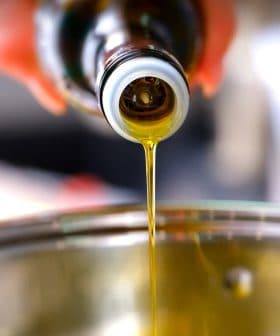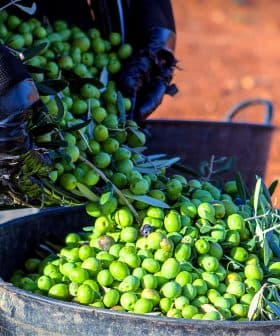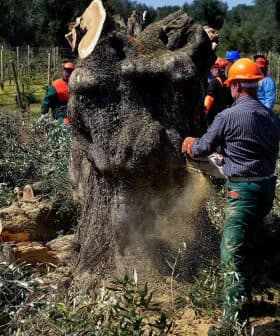Study Predicts the Spread of Xylella Pathogen in Olive Trees
A team of ecologists at the Centre for Ecology and Hydrology (CEH) in the UK have released a study in which they constructed a scientific model which may be able to predict how Xylella fastidiosa will spread.
Xylella fastidiosa, a pathogen threatening Europe’s olive trees, was found in Italy in 2013 and has since destroyed nearly 60,000 acres of olives. A team of ecologists in the UK have developed a model to predict the spread of the pathogen, emphasizing the importance of considering alternative host plants in disease control efforts.
Xylella fastidiosa is a pathogen spreading through Europe that poses a grave threat to its abundant olive trees.
The pathogen, which was once exclusive to America, was found in Italy in 2013. Since then, it has ravaged its way through southern Italy, destroying almost 60,000 acres of olives. Farmers throughout Southern Italy and the Mediterranean basin are worried Xylella fastidiosa could cause serious damage to these areas economically, as olives and their accompanying products are among their most popular agricultural products.
A team of ecologists at the Centre for Ecology & Hydrology (CEH) in the UK have released a study in which they constructed a scientific model which may be able to predict how and where Xylella fastidiosa will spread. This could be a game-changer and allow farmers to help create preventative buffer zones.
The lead author and a theoretical ecologist at CEH, Steven White, said it has been difficult to predict how and where Xyllela fastidiosa will spread “largely due to biological and environmental differences between where the strain is invading and where it has originated.” Another cause for worry is that there is sometimes a large gap in time between when an olive becomes infected and when it starts to present symptoms, which can cause farmers to unintentionally overlook infected plants, thereby causing the disease to spread.
The study focused on models of control zones that are in use in Apulia, Italy. The team found that though widening buffer zones lowered risk of infection past the control zone, it may not be completely effective in stopping the spread of Xylella; this was the case because certain infectious insects were able to travel between the different sites. And while some disease prevention measures such as weed removal and the use of insecticide are fairly simple, stopping farm vehicles from becoming disease vectors will pose more of a challenge.
The study also hinted that there may be a variety of plants other than olive trees that can serve as vectors, many of which are quite common in Southern Italy and the Mediterranean. These include myrtle-leaf milkwort, coastal rosemary, almond, and oleander.
In fact, the CEH model suggested that the risk of infection may skyrocket up to eightfold if alternative host plants are not taken into account and removed from farm plots. Because of this, the team stressed that it is essential to also study and identify other host plants in the areas in question; this could be done via more experiments and field work.
The model constructed by the CEH team seeks to recapitulate how the disease spreads. The team then used their new model to test out a new buffer zone control program; their work could help policy-makers within the European Union make wiser and more effective decisions regarding disease control efforts.
The study showed that the width of preventative buffer zones is “crucially important” to prevent the disease from spreading north; previously-made buffer zones were shown to be insufficiently wide “in relation to dispersal distances.”
Moving forward, the team has received additional funding from the European Union. They will be continuing their study and expanding their model to deal with containment, surveillance, as well as the elimination of recent Xylella fastidiosa outbreaks.









